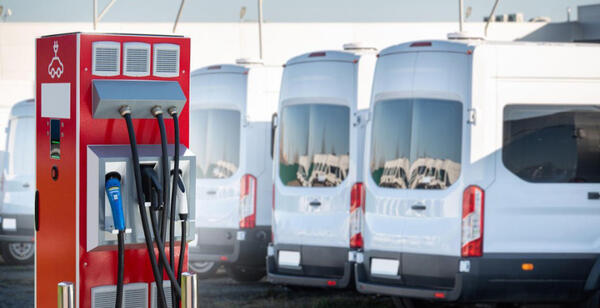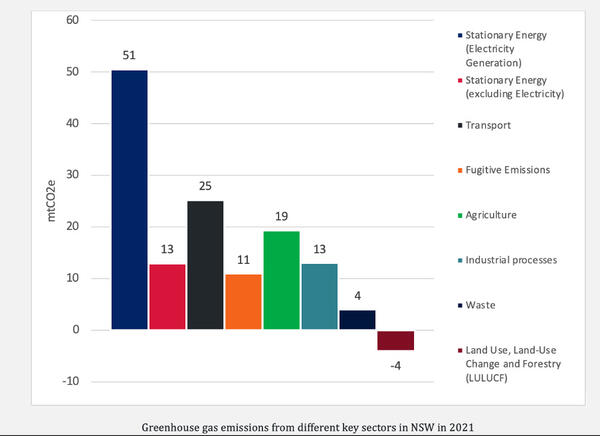
Knowledge hub
About this resource
This information resource and the comparison tool has been developed as a result of industry suggestions to have a consolidated and up to date information on current and available technologies, initiatives and comparisons with traditional vehicles. The content below explains the various NSW and Commonwealth Government grants and current emissions landscape.
The technologies listed below are those that can be considered as an add on, or alternative to traditional diesel-powered combustion engine vehicles, that are known to have a decarbonising effect.
The tool is not a source for specific fleet advice and is to serve as a guide in understanding current and available technologies that could support the transition to decarbonising heavy road transport, and to start the conversation on low and zero emission vehicle technologies in your organisation.
While all care has been taken in compiling and updating the information presented, in this rapidly evolving environment, no warranty is given as to the accuracy, completeness, adequacy or suitability for your organisation.
Emissions from key sectors in NSW
In 2021, the transport sector was the second largest green house gas (GHG) producer generating around 25 million metric tonnes of CO2e (mtCO2e) which accounted for 19 per cent of total emissions in NSW1
The NSW transport sector is the second largest component of greenhouse gas emissions2, which is approximately 20 per cent of emissions in 2021. Heavy-duty vehicles, including buses and trucks, account for 23 per cent of the emissions share3.
1 Australian Government, Department of Climate Change, Energy, the Environment and Water, Australia's National Greenhouse Accounts, https://www.greenhouseaccounts.climatechange.gov.au/
2Transport | NSW State of the Environment.
3Greenhouse Gas Emissions | NSW State of the Environment.
Additional information
Click on a button below for additional information.
Vehicle technologies that can support emissions reduction
Improvements in materials, aerodynamic design, and drive train (engine and transmission) have significant potential to improve fuel economy and help achieve emissions reductions.

